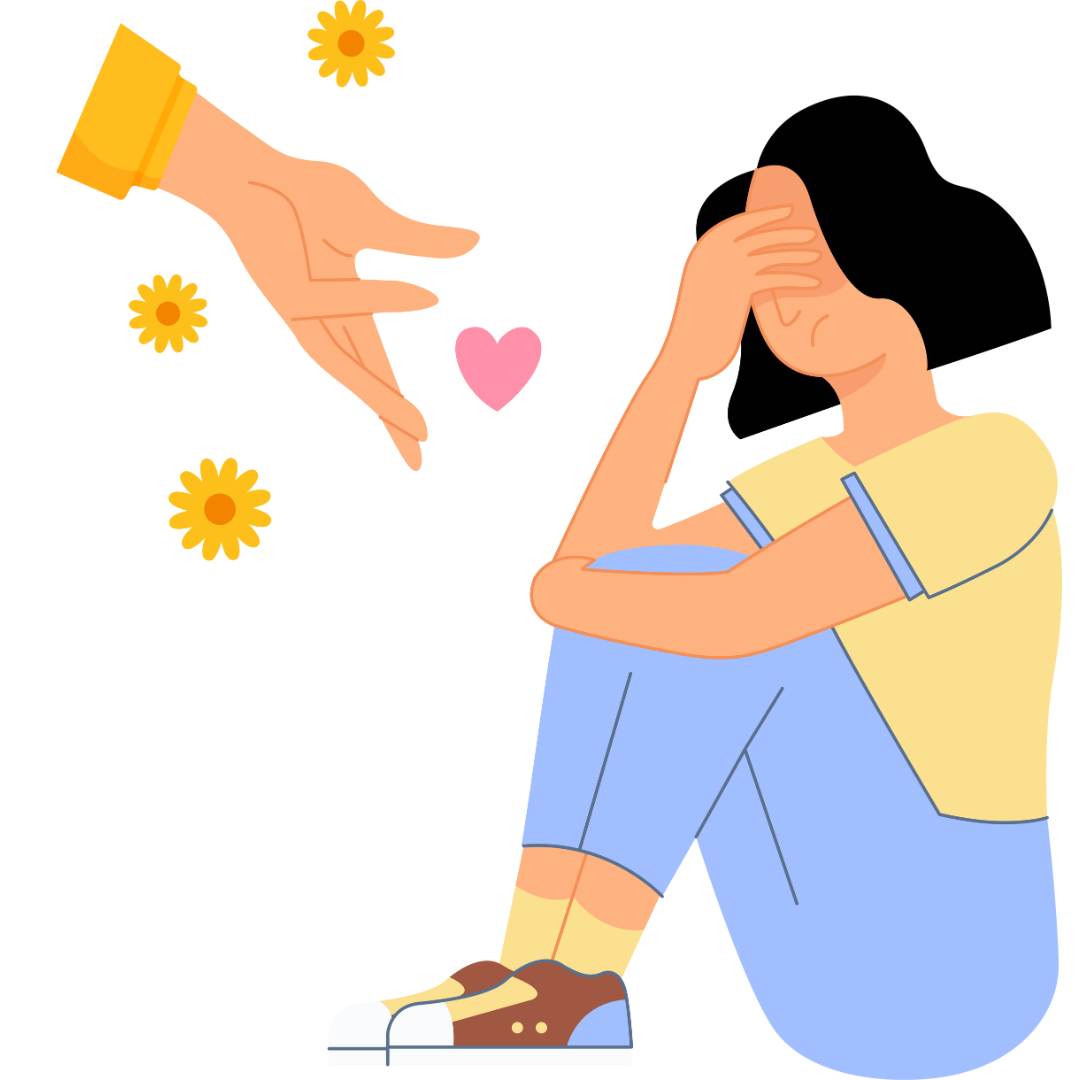The dark side of the brain: preventing suicide with myth-busing
By Shonté Jovan Taylor, Msc. PhD(c), Neuroscientist

Robin Williams, Anthony Bourdain, Kate Spade, Judy Garland—what do these famous individuals have in common? Tragically, they all took their own lives, each enduring a unique pain that led them to believe death was the only way to end their suffering. From the outside, it seemed like they were living the dream—passion, fame, fortune. If they had problems, surely they could get the help and support they needed, right? Unfortunately, this is a myth that many of us hold about celebrities who commit suicide. If we can misunderstand the struggles of those in the public eye, imagine the assumptions we make about the people in our own lives.
It might be understandable to not fully grasp the private battles of famous strangers who must publicly present happiness. But what about those close to us—our family, friends, and community members? Is it possible to become more aware of who might be at risk and in need of support? The answer is yes.
According to the CDC, suicide ranked eleventh in the US for deaths, claiming 49,576 lives. It was the second leading cause of death for 10-14 and 25-34 age groups, third for 15-24, and fifth for 35-44, according to the National Institute of Mental Health, 2021. It’s a worsening problem that society must confront. To tackle this, we must grasp suicide with modern understanding, an open mind and modern science.
Let’s debunk some common suicide myths and share truths. For more, tune in to my podcast, Coffee with a Neuroscientist.
Myth: Suicide is a “normal” response to “abnormal” situations.
Truth: Suicide is an abnormal response to “normal” situations. Suicide is not a typical response to everyday struggles. Life challenges like job loss, breakups, bullying, loss of loved ones and financial issues test our resilience. While many face these events, not all react in the same manner. Some may become more susceptible to self-harm or suicide.
Myth: Suicide stems from a single root cause.
Truth: Suicide is never due to just a single cause. It’s a process–a spectrum–with a cumulative effect involving genetics, pre-existing mental conditions, chronic stress, personality traits, childhood trauma and more. Moreover, suicidal thoughts or attempts alter brain pathways related to emotional regulation and decision-making. However, with modern neuroscience and targeted interventions, the brain can reconfigure in healthier ways.
Myth: Suicide risk can’t be treated or prevented. If someone wants to die, there’s not much we can do.
Truth: This is one of the most dangerous myths of all. Thanks to advancements in neuroscience, we know that suicide can be both prevented and treated. Brain imaging, neuro-molecular research, and genetics help us understand and treat suicidal behavior. With the incorporation of AI in research, data analysis has become even faster; leading to more effective screening tools and treatments.
Myth (of suicidal individuals): Suicide ends the pain or lifts the burden from family and friends.
Truth: The pain doesn’t end; it transfers to those who care about you. In fact, experience of a loved one’s suicide increases guilt and the risk of suicide in those left behind.
Myth: Talking about suicide increases the chance of someone committing suicide.
Truth: There is no research supporting the idea that talking about suicide leads to suicide. Avoiding the conversation can worsen isolation, which is common among suicidal individuals. Open dialogue reduces isolation, allowing those in pain to express themselves and seek help. Moreover, it serves as a preventive measure against self-harm to ask about self-harm or suicidal ideation–particularly with high-risk individuals.
Myth: Only depressed or mentally ill people commit suicide.
Truth: Most people diagnosed with depression do not commit suicide. The causes of suicide are complex and multifaceted, often involving a combination of factors beyond just depression.
Myth (of at-risk suicidal individuals): Treatments work for others but won’t for me.
Truth: Advancements in brain science demonstrate the effectiveness of prevention and treatment strategies like antidepressants, mood stabilizers, suicide-specific psychotherapy and neurostimulation techniques, overseen by certified professionals. Improving access and reducing mental health treatment stigma can also save lives.
Myth: People who are suicidal want to die.
Truth: Suicidal individuals often seek relief from unbearable and chronic emotional pain, which is processed in the brain like physical pain. Just as chronic physical pain can trigger suicidal thoughts, invisible pain–like emotional pain–can also lead to such feelings.
Predicting suicide remains challenging, yet prevention and treatment strategies continue to progress. Leveraging our existing knowledge enables us to effectively guide individuals at risk towards a hopeful path. It is a collective responsibility of researchers, parents, community members, health professionals–to take action. By eradicating stigma, shame, guilt and blame, we can advocate for and stand by those requiring support.
Will we ever live in a world free of suicide? Maybe not. But with scientific progress, increased empathy, deeper connections, and a genuine concern for others’ well-being, we can proactively tackle suicide prevention and move closer to an ideal world.
Resources:
Suicide & Crisis Lifeline Phone #: 9-8-8
988lifeline.org

4 Comments
Muchas gracias. ?Como puedo iniciar sesion?
I loved as much as you will receive carried out right here The sketch is attractive your authored material stylish nonetheless you command get got an impatience over that you wish be delivering the following unwell unquestionably come more formerly again since exactly the same nearly a lot often inside case you shield this hike
Your blog is a shining example of excellence in content creation. I’m continually impressed by the depth of your knowledge and the clarity of your writing. Thank you for all that you do.
I have been browsing online more than three hours today yet I never found any interesting article like yours It is pretty worth enough for me In my view if all website owners and bloggers made good content as you did the internet will be a lot more useful than ever before